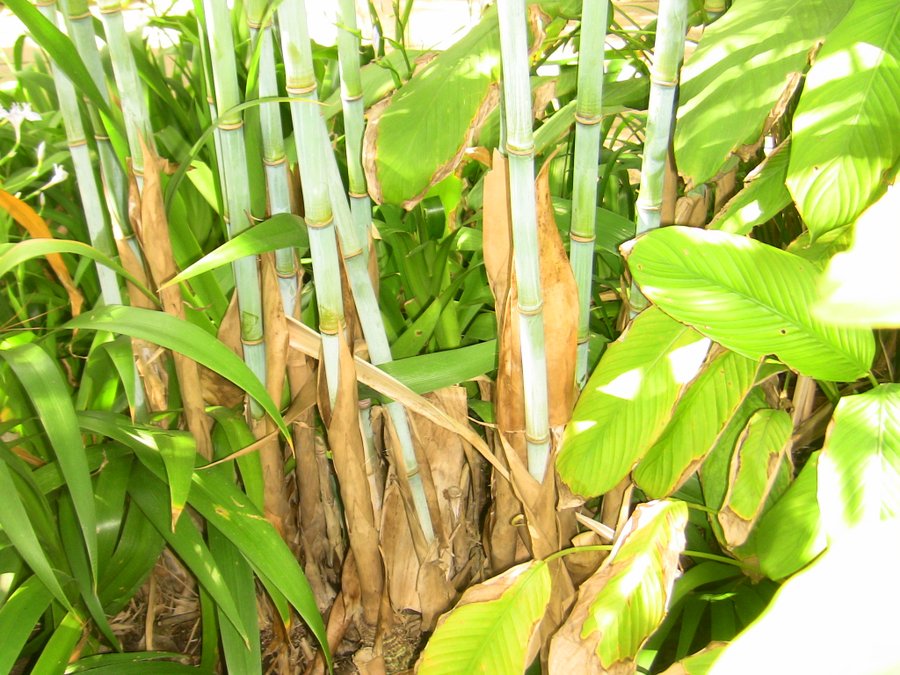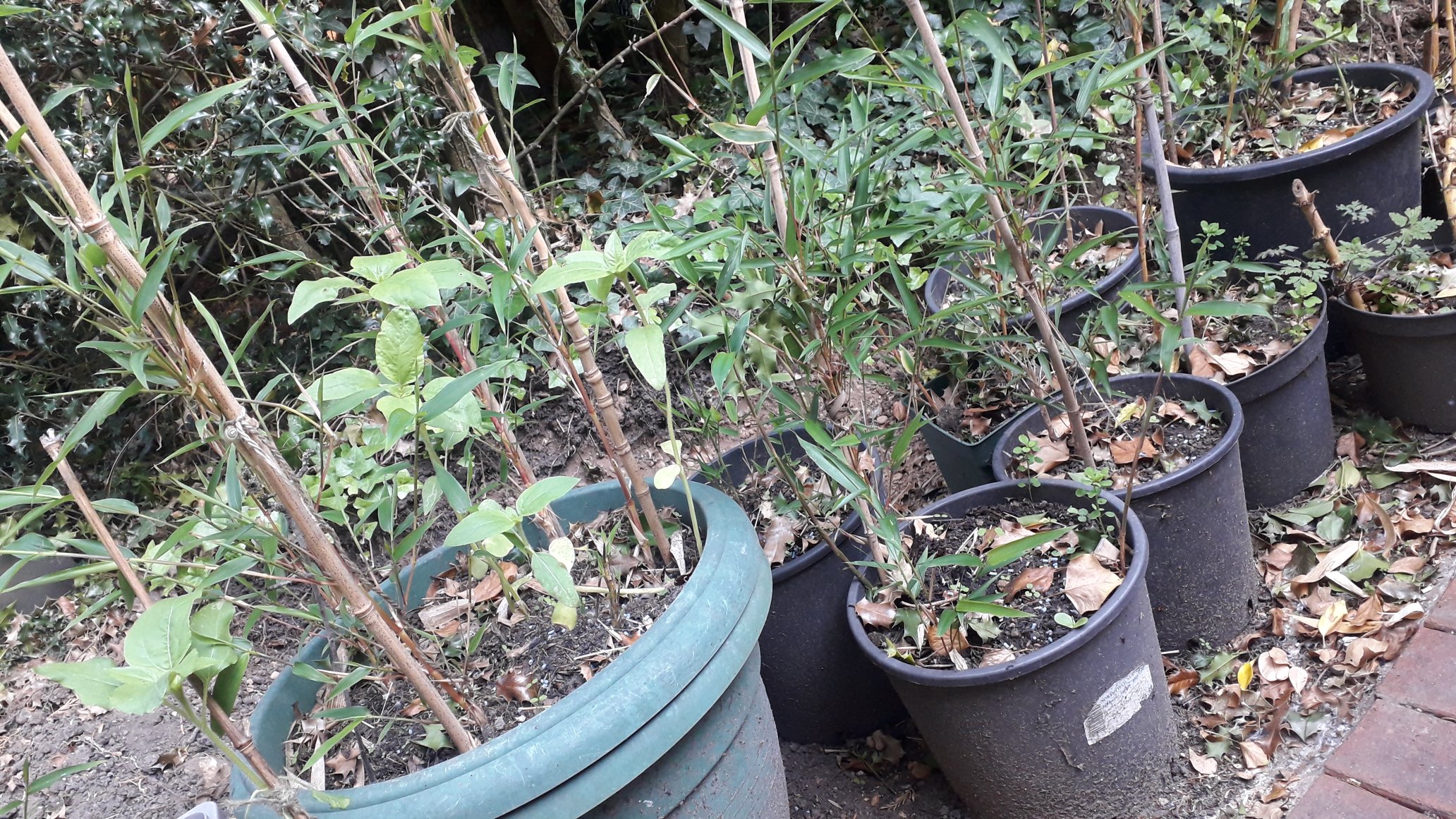The sustainability of the bamboos is very much attributed to several factors.
The two standout factors are the fast-growing nature of the plants; and less energy consumption in the manufacturing of bamboo-based products.
Read on to find out why bamboo produces sustainable materials for homes and gardens.
Are bamboos sustainable?
Here are 10 facts about bamboo plants and what makes them sustainable plants.
1. Bamboos are fast-growing plants
A single bamboo plant, on average, can produce 4 to 5 times more products compared to a tree because they grow fast.
Bamboo plants will grow from new plants or regenerate from old plants.
It can take less than 5 years before harvesting whereas a tree will take 20 - 30 years, even more.
That means that the supply can sustain the demand for bamboo products and accessories.

2. Bamboo manufacturing uses less energy
It takes less energy to make bamboo products like the toothbrush as compared to the plastic toothbrush.
The raw material (petroleum) need to make plastic products uses a lot of energy to extract, transport and converted into plastic.
But bamboos, are simply harvested, prepared and converted to usable items.
In fact, the manufacturing process of bamboo products is less intensive.
Read more about the Kitchen Accessories
3. Bamboo plants absorb carbon dioxide (CO2) fast
Living bamboos use CO2 to grow. So, as fast-growing plants, they absorb more CO2 in less time than trees and other plants.
An acre of a bamboo garden can absorb more CO2 than an average acre of trees and or meadow.
4. Bamboo plants produce more oxygen
Attributed to the fast rate of growth, bamboo plants produce more oxygen compared to an average tree.
These plants are evergreen and also remain photosynthetically actively all throughout the year.
On average, they release more oxygen and absorb more CO2 than the trees.

5. Bamboo products are flexible and durable
Products made from bamboo are tough, flexible and durable.
The fibres can tolerate temperatures up to 100 degrees Celsius.
The products made of bamboo will last a long time.
6. Bamboo products are safe and hygienic
Bamboo-based products are naturally tolerant to pests and diseases because they have antibacterial properties in their fibres.
This often prevents the growth of moulds, bacteria and other microbes.
7. Bamboos are great garden plants
Bamboo plants tend to grow in clusters forming thick evergreen bushes.
In addition to absorbing CO2 and producing oxygen, they provide habitats for other insects and animals.
They are also great plants for garden mulch, hedges, natural screens and for stopping water from washing off the topsoil.

8. Bamboos regenerate from parent plants
One of the things about bamboos less mentioned is the fact that these plants can regenerate from the parent plants.
The growth pattern is such that the new bamboos are going to be taller than the previous ones.
So, when old plants are cut and used, new and healthy plants will quickly grow to replace them.
This can take less than 3 - 5 years for these new bamboo plants to reach maturity, unlike the tree which can take 20 - 30 years (or even more) before they are ready.
9. Is bamboo a tree or grass?
Bamboo plants are grass.
They have underground stems (running bamboos) and base clumps (clumping bamboo, unlike the trees and shrubs.
The main difference between a tree and bamboo as the grass is in the parts of the plant.
Bamboo plants have features of common grass.

10. Is bamboo monocarpic or polycarpic?
Bamboo is a Monocarpic plant. It can take several years before a bamboo plant produces flowers.
A Polycarpic Plant produces flowers several times a year. So bamboo is not Polycarpic, but a Monocarpic plant.
Though bamboo Monocarpic plant, it can be propagated in many different ways - that is why it is highly sustainable.
Benefits of garden bamboo plants
The garden bamboos have special properties that are beneficial to gardeners and homeowners.
In an earlier article, we discuss the benefits of these plants, and in particular, the benefits of the Phyllostachys and Fargesia bamboos.
We hope that it will inspire you to be creative as you unravel the many benefits of these fantastic plants.
Aside from the 8 facts, there are many benefits of living bamboo plants.
Bamboos have a high tolerance to pests and diseases due to the presence of special antibacterial properties in bamboo fibres.
All in all, bamboo plants can grow and also regenerate from their parent plants very quickly.
They are useful garden plants as well as the best alternatives to trees and plastics.






